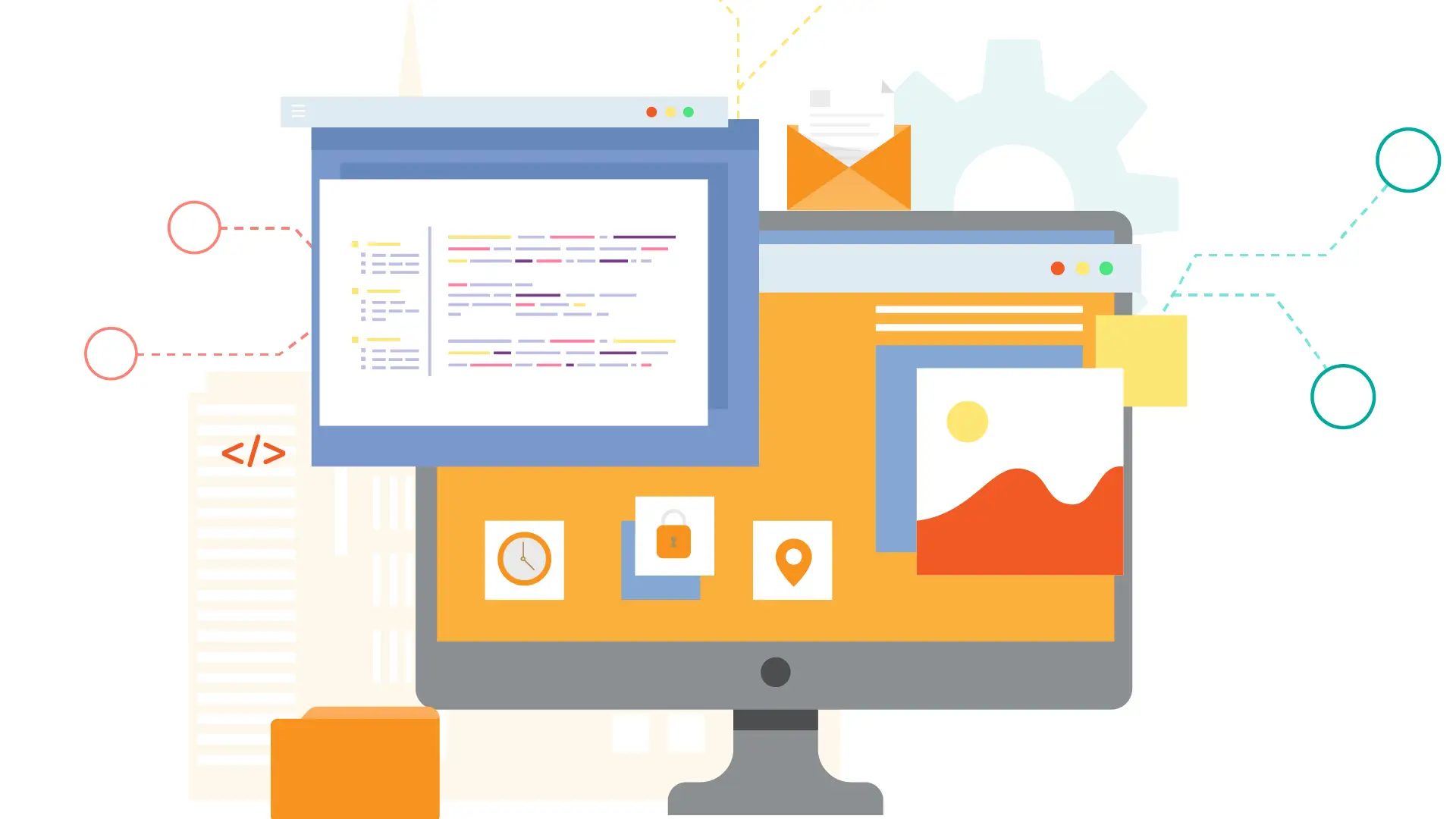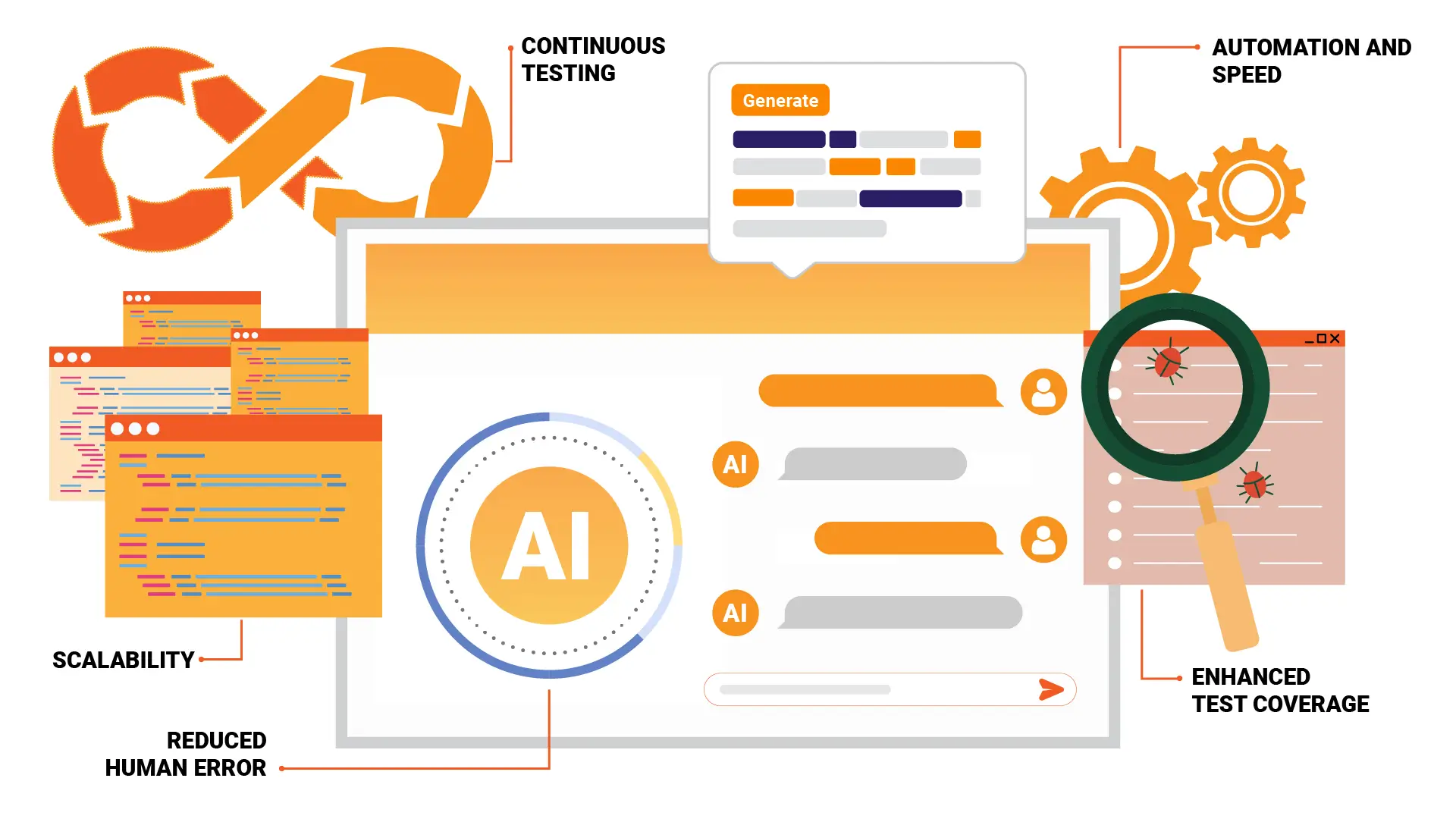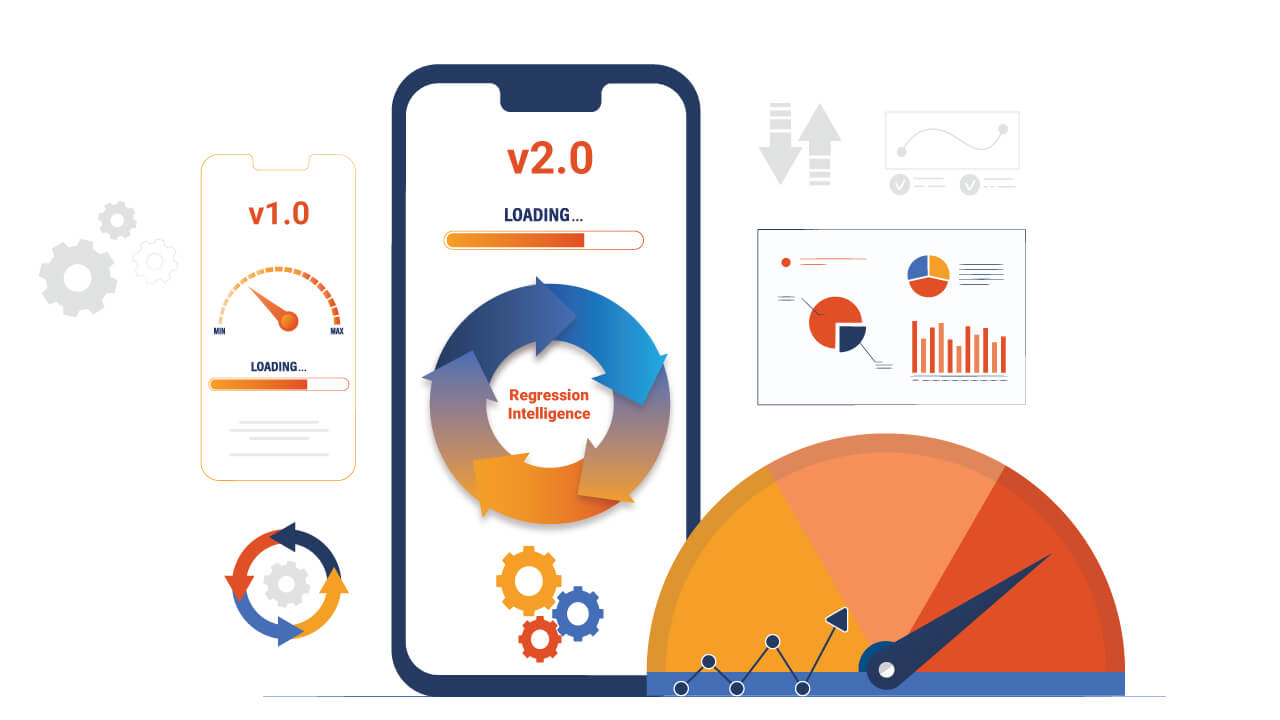Introduction
Remaining informed about evolving trends is crucial for both businesses and developers in the dynamic field of web development. The year 2024 heralds groundbreaking advancements poised to revolutionize website construction and interaction. From progressive web apps and voice search optimization to prioritizing accessibility and cybersecurity, staying attuned to these trends is imperative. In this blog, we delve deeper into the pivotal trends shaping the future of web development in the upcoming year.
Advancing Web App Testing in the Digital Era
In today's digital landscape, web application testing has become indispensable for businesses before launching their applications. With organizations heavily reliant on their digital presence, ensuring a user-friendly and seamless experience is paramount. Web application testing guarantees flawless functionality across various devices and browsers, identifying bugs and optimizing performance.
Collaborating with professional tester teams and web developers is crucial for navigating complex processes and meeting user expectations. Beyond technical expertise, these teams boost SEO ranking and deliver a seamless user experience.
The modern testing industry has evolved significantly, with businesses across sectors embracing digital transformation to address complex challenges. Platforms like Oracle have expanded their reach, and organizations increasingly turn to cloud tools to meet specific business needs.
Investing in thorough web app testing is not just about delivering software; it's about providing a seamlessly functioning application that drives business success and customer satisfaction.
Unlocking the Benefits of Web Application Development
In the competitive business environment, web application development stands out as a potent tool, offering numerous advantages. One such innovation is AppUp, a user-friendly app builder that simplifies the creation of custom applications with minimal coding expertise required. Through this technology, businesses can access comprehensive development services without the need for costly developers or intricate external frameworks.
Read: Different Types of Test Automation Frameworks
The benefits of web application development are manifold:
- Empowers users to create robust applications swiftly, even without technical proficiency.
- Harnesses cutting-edge web technologies like HTML5, CSS3, and JavaScript.
- Enables businesses to conduct thorough testing of their applications before launch.
- Facilitates rapid deployment of new features and updates without manual intervention on each user's device.
- Drives significant enhancements in customer satisfaction levels.
Exploring Emerging Trends in Web App Testing
Witness the transformative journey of the IT landscape through the lens of emerging trends in web application testing. Before engaging a QA web app team, it's imperative to grasp the evolving methodologies shaping the testing arena.
- AI and Machine Learning Integration: Experts advocate for integrating AI and machine learning in automated testing, enhancing app efficiency, competence, and dependability. These innovative techniques streamline test script automation and customization, foreseeing potential challenges and errors.
- Shift Towards Continuous Testing in DevOps: With multiple deployment models in play, continuous automation in DevOps becomes indispensable. Organizations opt for automated testing to minimize development cycles, embracing agile methodologies for quality outcomes and real-time bug tracking.
- Growing Importance of Security Testing: In the wake of rising cyber threats, security testing becomes paramount. Identifying vulnerabilities before exploitation safeguards user data and fosters trust. Security testing scrutinizes aspects like authorization, integrity, and authentication, emerging as a vital defense tool for businesses.
- Emphasis on User Experience (UX) Testing: Prioritizing usability, UX testing evaluates web app performance on real-time users. It offers insights into design improvements and usability enhancements, ensuring applications exceed user expectations and drive industry success.
Navigating the Impact of New Technologies on Web Application Testing
1. Impact of 5G
- The introduction of 5G technology brings about significant changes in web application testing.
- 5G promises faster connectivity and lower latency, necessitating adjustments in testing methodologies.
- Tailored test environments are required to accommodate the enhanced network capabilities of 5G.
- Precision in security testing becomes crucial in the context of 5G networks.
- Conventional software testing approaches may need modifications to align with the requirements of 5G technology.
2. IoT and Web Applications
- Integrating IoT with web applications presents both opportunities and challenges for testers.
- IoT's widespread adoption across industries underscores the need to embed IoT capabilities into web applications.
- Challenges include device diversity, security concerns, data privacy, interoperability, and scalability.
- Tackling these obstacles necessitates a thorough testing approach covering both hardware and software testing.
- Collaboration between testers with diverse expertise is essential for testing IoT-integrated web applications effectively.
3. Cloud-Based Testing Solutions
- Cloud-based testing solutions revolutionize web application testing by offering flexibility and scalability.
- Hosting testing environments on cloud servers provides real-time testing access to real mobile and desktop devices.
- Cloud platforms facilitate effective automated testing, allowing simultaneous testing for multiple teams and users on different devices.
- Cloud-based testing environments closely resemble production environments, optimizing test environments and enhancing device coverage.
- The rising adoption of cloud platforms in testing environments enables web app testing on cross-platform mobile devices.
Incorporating New Technologies into Web App Testing Strategies
To seamlessly integrate new technologies into testing strategies, consider the following steps:
1. Plan the Testing Process:
- Develop a comprehensive testing plan outlining the scope, approaches, and required resources.
- Invest sufficient time in designing strategies tailored to your business needs for a systematic testing process.
2. Design Test Cases Early:
- Ensure test cases are designed early in the development cycle to identify potential issues.
- Cover all aspects of the application, including security, performance, and regression testing.
3. Prioritize Testing Steps:
- Focus on testing the highest-risk areas first to detect software issues and bugs early on.
- This approach ensures scalability and reliability, allowing for timely bug resolution without significant future investments.
4. Automation is Key:
- Implement automation to execute extensive tests quickly, accelerating the development cycle and product releases.
- Automation ensures precise execution of test steps and verifies the accuracy and efficiency of the application.
- Integrating continuous testing into the development cycle automates testing tools, enhancing the software development process.
Preparing for the Future: Key Aspects to Consider
In anticipation of the evolving landscape of web application testing, several vital aspects should be considered:
- Skills and Knowledge Development: Testers must continuously evolve their skill set to remain relevant. Essential skills include proficiency in AI and ML, automation testing, analytical abilities, programming languages, and effective communication. Additionally, focusing on domain-specific testing, test automation, and documentation is essential for success in this field.
- Adapting to Agile and DevOps Cultures: Incorporating Agile and DevOps methodologies is crucial for preserving agility in addressing evolving market dynamics and consumer preferences. Agile facilitates iterative development cycles and customer collaboration, while DevOps promotes seamless collaboration between development and operations teams. Adaptability is paramount in responding to evolving market trends and customer demands, ensuring success amidst changing conditions.
- Investment in Advanced Testing Tools: Equipping oneself with advanced testing tools is imperative for enhancing efficiency and effectiveness in web application testing. Prioritize tools like Selenium for automation testing, offering cross-browser support and intelligent automation features. Remaining informed about the latest tools and technologies grants a competitive advantage in crafting successful web applications.
Enhancing Web Experience with HeadSpin
HeadSpin revolutionizes the web experience for end-users with its cutting-edge data science-driven testing platform. Here's how it works:
- AI-Driven Performance Monitoring: HeadSpin's AI platform continuously monitors web applications, identifying anomalies and performance bottlenecks. This proactive approach ensures a smooth browsing experience by addressing issues before they impact end-users.
- Real-Time Results: With simultaneous execution of testing scenarios and user sessions, HeadSpin provides real-time results. Teams can make data-driven decisions quickly and efficiently.
- Comprehensive Web Testing: HeadSpin's platform offers comprehensive testing capabilities, including visual, regression, and audio/video testing. It ensures web applications function correctly and provides a visually appealing and seamless user interface.
- User Experience Optimization: By analyzing metrics like blurriness, brightness, and loading time, HeadSpin's AI-powered AV platform optimizes user experiences for web applications.
- Reference-Free Video MOS Model: HeadSpin's AI-based reference-free video Mean Opinion Score (MOS) model provides an accurate subjective quality score estimation. This helps organizations understand end-users' perceptions of video and audio quality.
- Global Device Coverage: With a vast network of real devices and virtual simulators globally, HeadSpin’s global device infrastructure allows testing in diverse real-world scenarios, ensuring optimal performance worldwide.
- Continuous Improvement: HeadSpin's AI approach involves collaborative problem-solving and constant improvement through user feedback. This iterative process fine-tunes AI models to cater to specific customer use cases and evolving requirements.
The Way Forward
As new technologies emerge, the landscape of testing web apps and APIs transforms. Artificial intelligence exemplifies a transformative force in revolutionizing security testing. With AI, security experts can automate API vulnerability scans, uncover potential weaknesses, and enhance overall security.
Embracing these new technologies and techniques in security testing opens avenues for effective threat management and heightened security measures. Security teams must remain vigilant and abreast of evolving trends and approaches to combat the dynamic threat landscape.
Adapting from conventional security approaches is imperative. Shifting perspectives towards security and prioritizing skill development can enhance security practices.
Leverage the capabilities of HeadSpin, offering access to its real device cloud for comprehensive performance testing. With HeadSpin's robust AI, your web application undergoes thorough analysis, guiding subsequent steps towards optimization and excellence.
FAQs
Q1. What lies ahead for web applications?
Ans: The web development landscape is advancing rapidly, driven by innovations like JavaScript frameworks and APIs, empowering the creation of dynamic web applications. Additionally, integrating artificial intelligence and machine learning fuels the rise of chatbots and voice assistants, shaping the future of web interaction.
Q2. What are the key trends shaping the future of web analytics?
Ans: Three pivotal trends are driving the evolution of web analytics: the integration of Artificial Intelligence (AI) and Machine Learning (ML), heightened focus on customer privacy necessitating strategic adjustments, and the rising significance of omnichannel analytics for comprehending dynamic customer journeys in the digital realm.



























-1280X720-Final-2.jpg)










